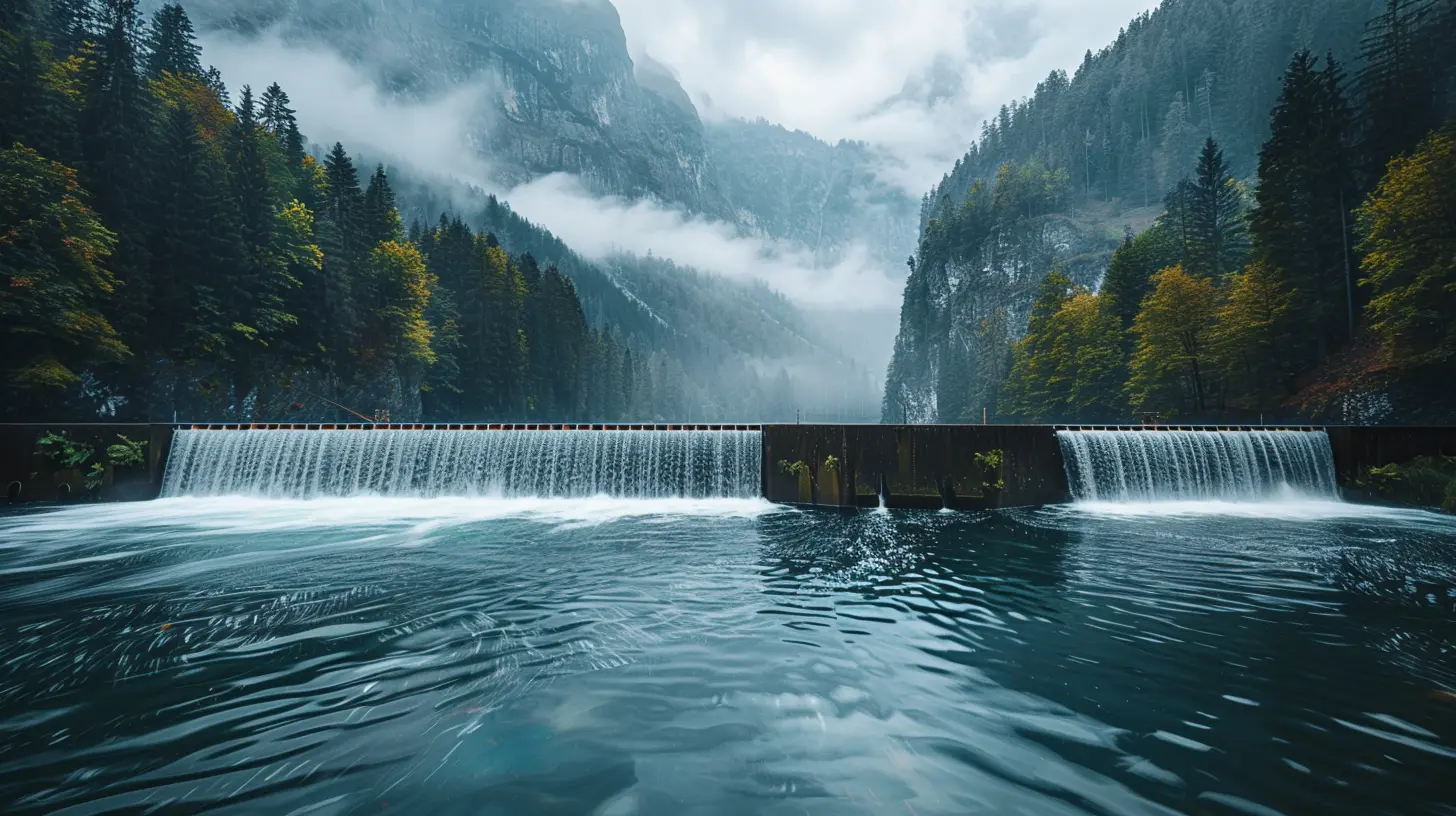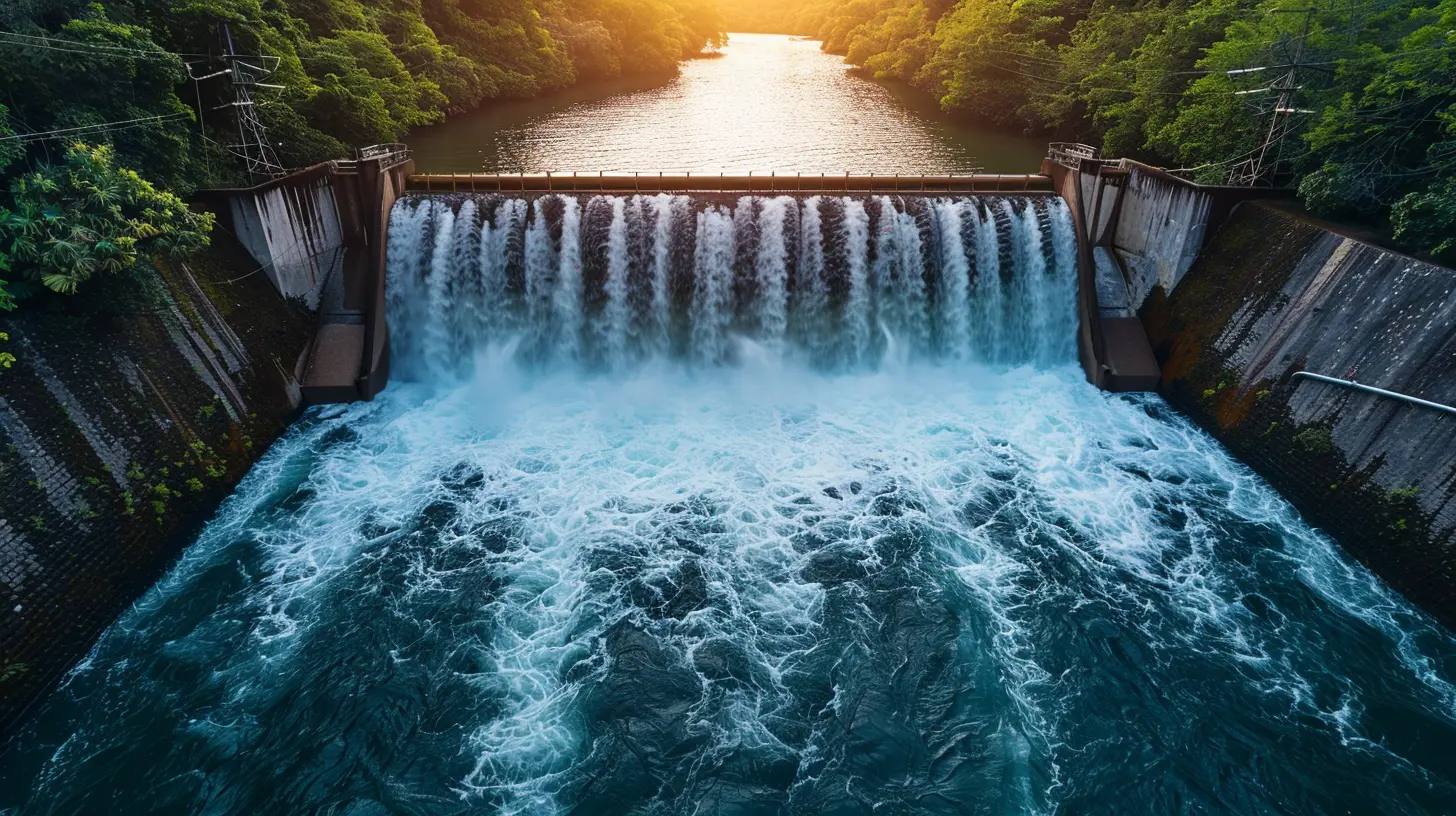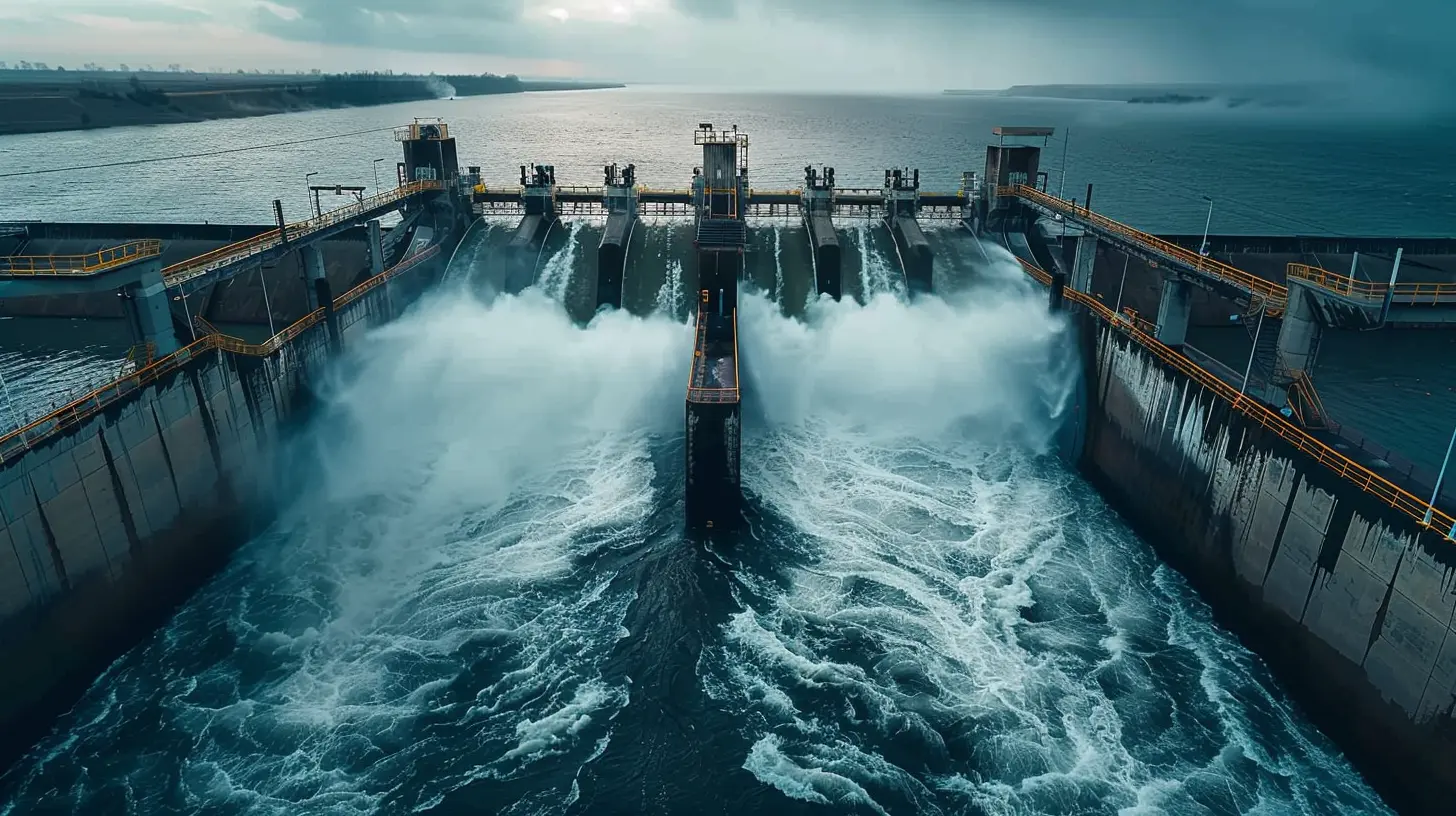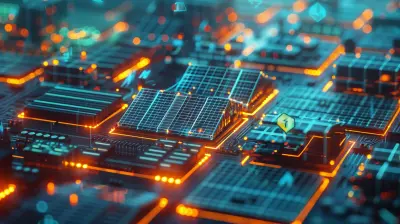Innovations in Hydroelectric Power: A New Era of Energy
27 June 2025
Hydroelectric power has been lighting up our homes and fueling industries for over a century. But let's be honest—traditional hydroelectric plants have their challenges, from environmental concerns to geographical limitations.
Here's the good news: the world of hydroelectric power is evolving. New innovations are making it more efficient, environmentally friendly, and accessible to regions that couldn't tap into its potential before.
So, what does the future of hydroelectric energy look like? Let's dive in! 
The Evolution of Hydroelectric Power
Hydropower isn't new. In fact, ancient civilizations used water wheels to grind grain thousands of years ago. Fast forward to the late 19th century, and hydroelectric dams began supplying electricity on a massive scale. But despite their benefits, traditional hydroelectric plants come with drawbacks—like habitat disruption, high costs, and reliance on large water bodies.Thankfully, modern innovations are rewriting the playbook. Today, we're seeing groundbreaking advancements that make hydroelectric power more efficient and sustainable.

Game-Changing Innovations in Hydropower
1. Small-Scale and Micro Hydropower Systems
Not every region has a massive river to build a dam, but that doesn't mean they can't harness hydro energy. Enter micro hydropower systems—compact setups designed for smaller streams and rivers.Unlike traditional dams, micro hydropower systems don’t require massive infrastructure. They're perfect for rural areas, remote communities, and even individual households looking for a sustainable power source.
What makes them great?
- Minimal environmental impact
- Affordable and easy to install
- Provides consistent energy, unlike solar or wind power
2. Pumped-Storage Hydropower (PSH) Modernization
Pumped-storage hydropower (PSH) has been around for decades, acting like a giant battery for the grid. But recent advancements are making it even more powerful.New technologies allow for faster water movement, improved energy storage, and higher efficiency levels. Some systems even integrate artificial intelligence to optimize energy distribution.
The result? A flexible energy solution that supports renewable grids and avoids energy wastage.
3. Floating Hydropower Plants
Not all countries have the land space for huge hydropower dams. But what about floating power plants? These innovative systems are designed to sit on reservoirs, lakes, or even ocean surfaces.Floating hydro plants reduce the need for land excavation and offer a sustainable way to generate electricity with minimal disruption to ecosystems.
4. Hydrokinetic and Tidal Energy
Traditional hydropower systems rely on dams, but hydrokinetic technology taps into the natural flow of rivers, tidal currents, and ocean waves.Picture a giant underwater wind turbine. These devices are placed in moving water bodies, capturing kinetic energy and converting it into electricity—without needing dams or reservoirs.
Why does this matter?
- No need for large-scale land development
- Minimal impact on aquatic ecosystems
- Works in both rivers and ocean currents
5. Smart Hydropower with AI and IoT
Artificial intelligence (AI) and the Internet of Things (IoT) are revolutionizing almost every industry—including hydroelectric power.Modern hydropower plants are now integrating smart sensors, predictive maintenance, and AI-driven data analysis to improve efficiency. These smart systems monitor water levels, predict fluctuations, and optimize energy generation in real time.
Think of it as turning a traditional hydro plant into a "smart" powerhouse—one that learns, adapts, and delivers power more efficiently than ever before.
6. Eco-Friendly Fish Passage Solutions
One of the biggest criticisms of hydropower is its impact on fish migration. Dams can disrupt natural waterways, making it difficult for fish to travel upstream.But innovation is stepping in to fix this issue. From fish-friendly turbines to AI-powered monitoring systems, new technologies are helping protect aquatic life. Some hydro plants are even installing "fish elevators"—yes, actual elevators for fish—to help them bypass dams safely!
7. Gravity-Based Hydroelectric Storage
Imagine a system that stores energy by lifting and lowering massive weights—sounds futuristic, right? Well, gravity-based hydroelectric storage is making it a reality.This method pumps water to a higher elevation during low-demand periods and releases it when needed, using gravity to generate electricity. It's a highly efficient way to store renewable energy, making it an excellent partner to solar and wind energy sources. 
Why These Innovations Matter
The energy landscape is changing rapidly. With the push for cleaner and more sustainable solutions, hydroelectric power needs to evolve—and that's exactly what's happening.These advancements offer:
✅ More accessibility: Even remote areas can harness hydropower.
✅ Better efficiency: Less energy wasted, more power generated.
✅ Improved Ecosystem Protection: Hydropower without harming the environment.
✅ Stronger Grid Stability: More reliable power supply thanks to smart grids and storage solutions.
Hydroelectric power is stepping into a new era—one that’s smarter, greener, and more adaptable to the world’s growing energy needs. 
The Future of Hydroelectric Energy
So, where do we go from here?The future of hydroelectric power is incredibly promising. We're seeing a shift toward decentralized energy solutions, where small hydro plants power individual communities. AI-driven efficiency improvements will continue to push the boundaries of what’s possible. And as more countries invest in renewable energy, hydroelectric power will play a crucial role in the global energy mix.
The best part? These innovations aren’t just theories—they’re happening right now. Countries around the world are already implementing these cutting-edge technologies to create cleaner, more sustainable energy systems.
One thing is clear: a new era of hydroelectric power is upon us, and it’s going to change the way we think about renewable energy forever.
Are you excited about the future of hydropower? Because we certainly are!
all images in this post were generated using AI tools
Category:
Renewable EnergyAuthor:

Michael Robinson
Discussion
rate this article
2 comments
Carson Stewart
Exciting potential, but sustainability concerns must be addressed.
September 27, 2025 at 3:22 AM

Michael Robinson
Thank you for your comment! Addressing sustainability is indeed crucial as we explore the potential of hydroelectric innovations. Balancing energy needs with environmental impact will be key to success.
Chloe McCall
Embrace the wave of change! Hydroelectric innovations are forging a sustainable future for energy!
July 10, 2025 at 2:54 AM

Michael Robinson
Absolutely! Embracing hydroelectric innovations is key to a sustainable energy future. Thank you for your enthusiasm!


